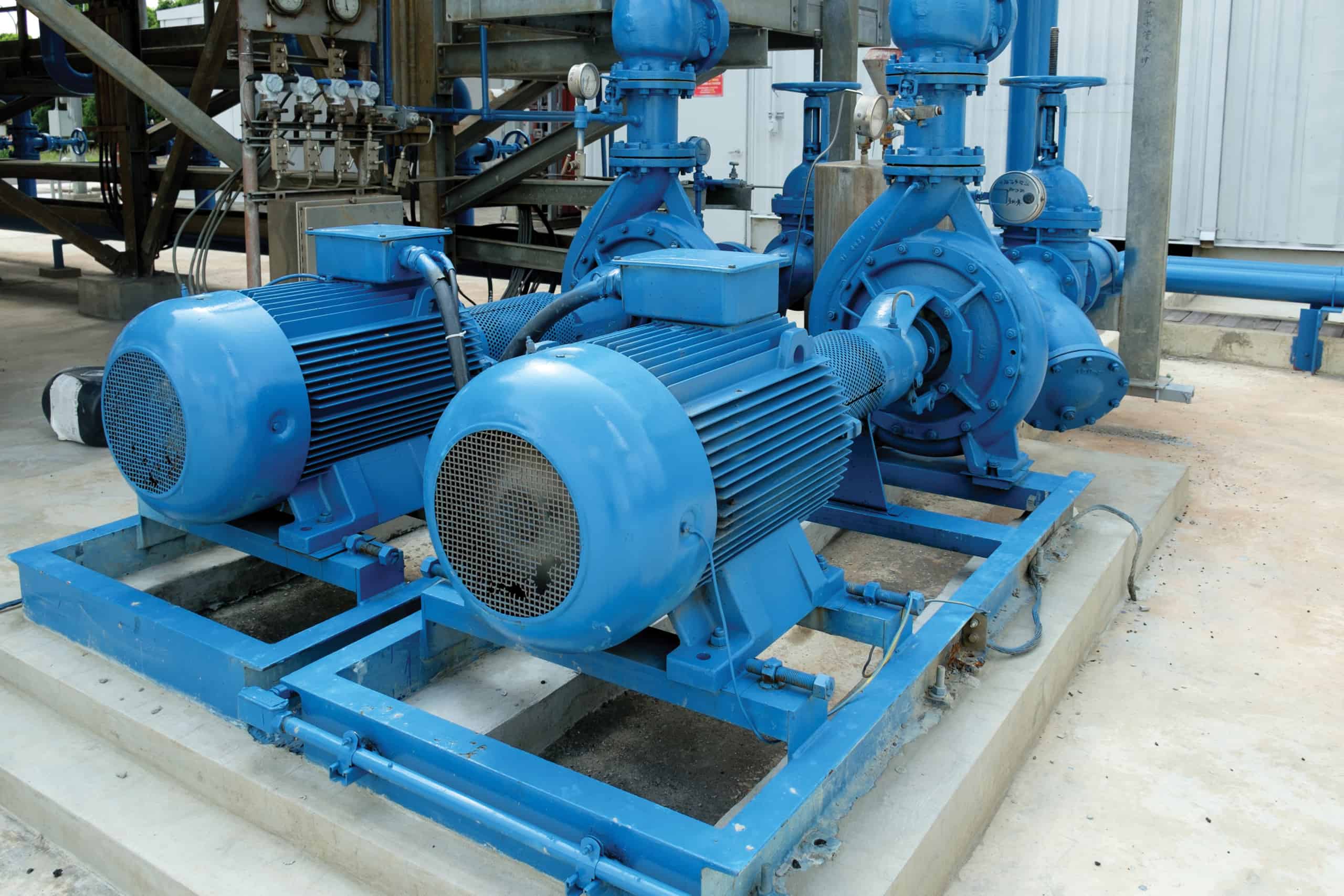Introduction:
Macro-scale pumping devices are essential tools in numerous industries, facilitating the movement of fluids on a large scale. From supplying water for agriculture to managing wastewater in industrial settings, these devices play a pivotal role in various applications. In this educational guide, we will delve into the different types of macro-scale pumping devices, their principles of operation, and their applications across industries.
Types of Macro-Scale Pumping Devices:
- Centrifugal Pumps:
- Principle of Operation: Centrifugal pumps utilize rotational energy to transfer fluids. They consist of an impeller that spins rapidly, generating centrifugal force, which propels the fluid outward.
- Applications: Centrifugal pumps find extensive use in water circulation systems, sewage treatment plants, chemical processing industries, and HVAC (Heating, Ventilation, and Air Conditioning) systems.
- Positive Displacement Pumps:
- Principle of Operation: Positive displacement pumps work by trapping a fixed volume of fluid and then displacing it into the discharge pipe. They provide a consistent flow rate regardless of changes in pressure.
- Examples: Piston pumps, diaphragm pumps, and gear pumps are common types of positive displacement pumps.
- Applications: These pumps are ideal for applications requiring precise fluid control, such as metering pumps in chemical processing, oil transfer in hydraulic systems, and food processing.
- Axial Flow Pumps:
- Principle of Operation: Axial flow pumps move fluid parallel to the pump shaft. They generate thrust by imparting kinetic energy to the fluid through axial movement.
- Applications: Axial flow pumps are commonly used in irrigation systems, drainage projects, flood control operations, and cooling water circulation in power plants.
- Mixed Flow Pumps:
- Principle of Operation: Mixed flow pumps combine features of both centrifugal and axial flow pumps. They produce a combination of radial and axial thrust, providing moderate flow rates and heads.
- Applications: Mixed flow pumps are employed in applications such as water supply networks, water treatment plants, circulation systems for industrial processes, and marine propulsion systems.
Applications Across Industries:
Macro-scale pumping devices serve diverse industries, including:
- Agriculture: for irrigation and crop watering systems.
- Manufacturing: for fluid transfer in chemical processing, oil refining, and pharmaceutical production.
- Environmental Management: for wastewater treatment, stormwater drainage, and flood control.
- Utilities: for water supply networks, sewage treatment plants, and power generation facilities.
- Construction: for dewatering excavations and controlling groundwater levels.
Conclusion:
Macro-scale pumping devices are indispensable assets in various industries, facilitating the efficient movement of fluids for essential processes. Understanding the principles of operation and applications of different types of pumping devices is crucial for optimizing performance and ensuring reliable operation across diverse industrial settings. By incorporating these insights, engineers and professionals can make informed decisions when selecting and deploying pumping systems for their specific requirements.
